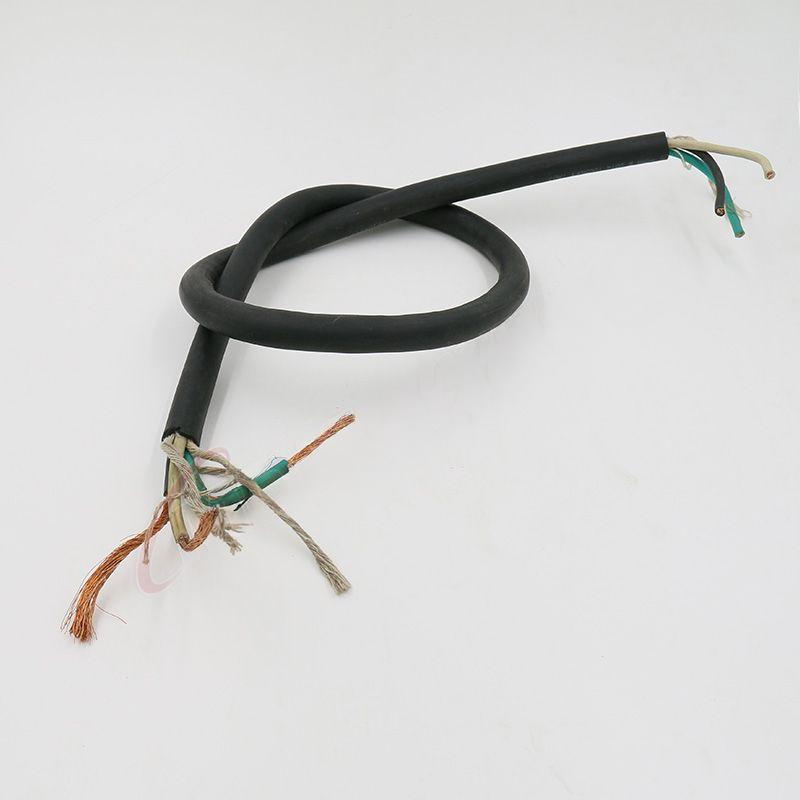វិច្ឆិកា . 22, 2024 23:35 Back to list
foot valve with strainer
Understanding Foot Valves with Strainers An Essential Component in Fluid Systems
Foot valves with strainers play a crucial role in various fluid systems, particularly in retaining the proper functionality of pumps and ensuring the smooth flow of liquids. These devices are predominantly used in irrigation, water supply systems, and various industrial applications. Their design is pivotal in preventing debris and larger particles from entering the pump system, thereby safeguarding its integrity and efficiency.
What is a Foot Valve?
A foot valve is a type of check valve that is installed at the bottom of a suction line. Its primary function is to prevent the backflow of fluid when the pump is not operational. This is particularly important because it helps maintain the prime of the pump, ensuring that it does not lose its ability to draw fluid when it starts up again. Foot valves are designed to open for fluid to flow into the pump and close tightly when the pump stops, thereby avoiding air from entering the system which could lead to cavitation and damage.
The Role of the Strainer
In tandem with the foot valve, a strainer is incorporated to filter out unwanted solids and debris from the fluid. The strainer acts as a barrier that allows liquid to pass through while trapping larger particles. This is critical because contaminants can cause serious issues in a pumping system, including clogging, wear, and tear, and even complete system failure. By preventing these particulates from entering the pump, the strainer enhances the longevity of the equipment and ensures a reliable operation.
Design and Functionality
Foot valves typically feature a cylindrical shape that is designed to sit at the bottom of a well or reservoir. They are made from various materials, including plastic, bronze, and stainless steel, depending on the application and the types of fluids being handled. The valve includes a spring-loaded disc or flapper, which opens and closes based on the pressure changes created by the pump.
foot valve with strainer

Strainers come with different mesh sizes, choosing the appropriate one based on the specific application requirements. A finer mesh will catch smaller particles but might require more frequent cleaning or replacement, while a coarser mesh will allow for quicker fluid flow but might let larger debris through.
Installing Foot Valves with Strainers
Proper installation of foot valves with strainers is critical for optimal performance. The system should be installed in vertical or horizontal positions, depending on the specific design of the valve. A common installation practice is to place the strainer in a position where it can be easily accessed for maintenance. It is important to ensure that the foot valve is submerged adequately to prevent the pump from drawing in air, which can lead to operational issues.
Maintenance Considerations
Regular maintenance of foot valves and strainers is vital to ensure their longevity and performance. This includes periodic inspections to check for any signs of wear, clogging, or corrosion. Cleaning the strainer is particularly important, as it will accumulate debris over time. Depending on the volume of debris in the fluid, this maintenance can be performed weekly, monthly, or quarterly.
Additionally, it is crucial to check the seal of the foot valve to ensure it closes tightly when the pump is not operating. A faulty seal can lead to reduced efficiency and potential damage to the entire pump system.
Conclusion
Foot valves with strainers are indispensable components in modern fluid handling systems. They ensure that pumps operate efficiently by preventing backflow and protecting against debris and contaminants. Understanding their functionality, proper installation, and maintenance is essential for anyone involved in the design, implementation, and operation of hydraulic systems. By investing time in maintaining these components, users can significantly enhance the durability and efficiency of their fluid systems, resulting in reduced downtime and operational costs. Whether in agricultural irrigation, municipal water systems, or industrial applications, foot valves with strainers remain a fundamental asset in the management of fluid dynamics.
Share